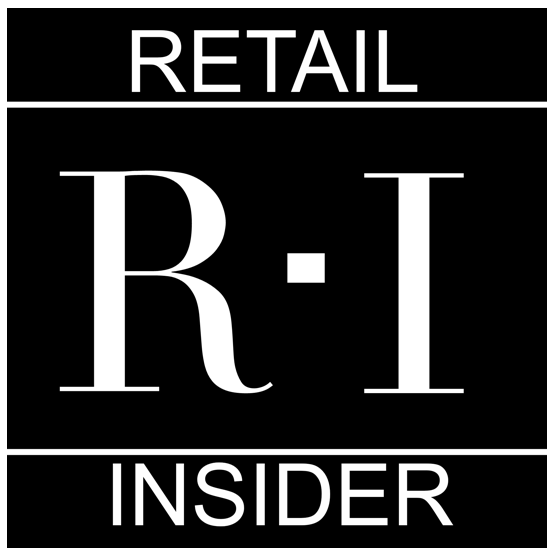Advanced Technology in Indoor/Out-Of-Home Advertising
/In recent years, out-of-home and outdoor advertising has become more competitive for brands, and they now strive for new ways to reach out to their customers/consumers at their every step. They seek innovative ways to make adverts more interactive to their customers/consumers and to create noticeability and return on investment for their brand.
Besides this, they also have a further need to take ownership of the adverts that they put out there. It has been fruitless for years because most digital out-of-home advertising firms prefer to pay other people to monitor and track a brand’s advert manually.
Another issue is the fact that even after advertising, the kind of results that they get are given in estimates. Now, media owners who invest in OOH/Indoor devices for brands to advertise on have looked at these needs and have sought for ways to make advertising more impactful for brands and their consumers.
This need for having ownership and control over adverts has caused some media owners to begin to think of ways to upgrade their advertising boards to make a better impact on the audience, using technology.
Improved Technology in Advertising
Fortunately, several companies have successfully begun to solve that need in order to give brands all-round benefits of advertising. Read below to see what changes these companies have done using technology.
· Audience measurement tool
When adverts display on billboards on the road, in a mall, airport, etc. you can decide to look at it or not. Whichever decision that you take, the brand will never know that you watched it. They simply rely on estimates, pictures, and videos of their ads given to them by their media monitoring agency. Currently, billboards now come with eyeball counters attached to them that detect the eyeball movement when people watch ads on a board.
A brand does not need to rely on estimates anymore, but at the end of a campaign, they can get an exact number of times that their advert was watched. Most advertising agencies that have these screens now program the fisheye camera or ‘red-eye effect’ tool to capture eyeballs movement after a few seconds of watching as an added benefit for the brand in the advertising. An eyeball sensor can catch the eyes of people who are as far as 15- 20 meters or more.
· Media monitoring tool
This cutting-edge technology has helped thousands of brands in recent years to monitor their adverts from anywhere in the world. Media owners create, build, or purchase monitoring apps that they integrate into their digital boards to track the performance of all their boards and their locations.
For instance, if you are running an advert on essay writing service on a digital board in New Jersey and live in New York, the media owner would set you up with the media monitoring tool to track and monitor your adverts from your location, real-time. Amazing, right?
It will benefit brands now since instead of depending on a media monitoring agency to check your advert, you can do it yourself, from your mobile phone, anywhere in the world. This technology seeks to give brands ownership of their advertisements. It makes them feel like they are a part of the advertising process and can monitor their adverts even from the comfort of their beds, anywhere in the world.
· Digital bus wrapping
Companies have invested heavily in bus wrapping as their form of advertising. While it is a good idea, there are also certain disadvantages. When a brand wraps a bus, it will remain static. It does not allow video and digital images. Also, when it gets late at night, it will be difficult for anyone to see the adverts that were wrapped.
Through technology, brands can now do digital window wrapping. It means that your adverts will display on the windows of buses. These screens are usually digital LED transparent boards that are run by a power generator. Now, these buses can display videos and images. Irrespective of what time of the day it is, brands will have clear, quality, and unique pictures that are attractive to the eyes.
Finally, all media owners want is to integrate technology into advertising to make it more impactful for brands and appealing to the consumers of the adverts that these brands run. In the future, most brands will begin to look at Artificial Intelligence as a form of advertising and engagement. For now, these are the tools that are popular and frequently used in advertising.



![Retail-insider-NRIG-banner-300-x-300-V01-3[2].jpg](https://images.squarespace-cdn.com/content/v1/529fc0c0e4b088b079c3fb6d/1593476525034-QRWBY8JUPUYFUKJD2X9Z/Retail-insider-NRIG-banner-300-x-300-V01-3%5B2%5D.jpg)
![Retail-insider-NRIG-banner-300-x-300-V01-2[2].jpg](https://images.squarespace-cdn.com/content/v1/529fc0c0e4b088b079c3fb6d/1593476491497-W6OZKVGCJATXESC9EZ0O/Retail-insider-NRIG-banner-300-x-300-V01-2%5B2%5D.jpg)
![Retail-insider-NRIG-banner-300-x-300-V01-4[2].jpg](https://images.squarespace-cdn.com/content/v1/529fc0c0e4b088b079c3fb6d/1593476508900-TJG5SNQ294YNOCK6X8OW/Retail-insider-NRIG-banner-300-x-300-V01-4%5B2%5D.jpg)